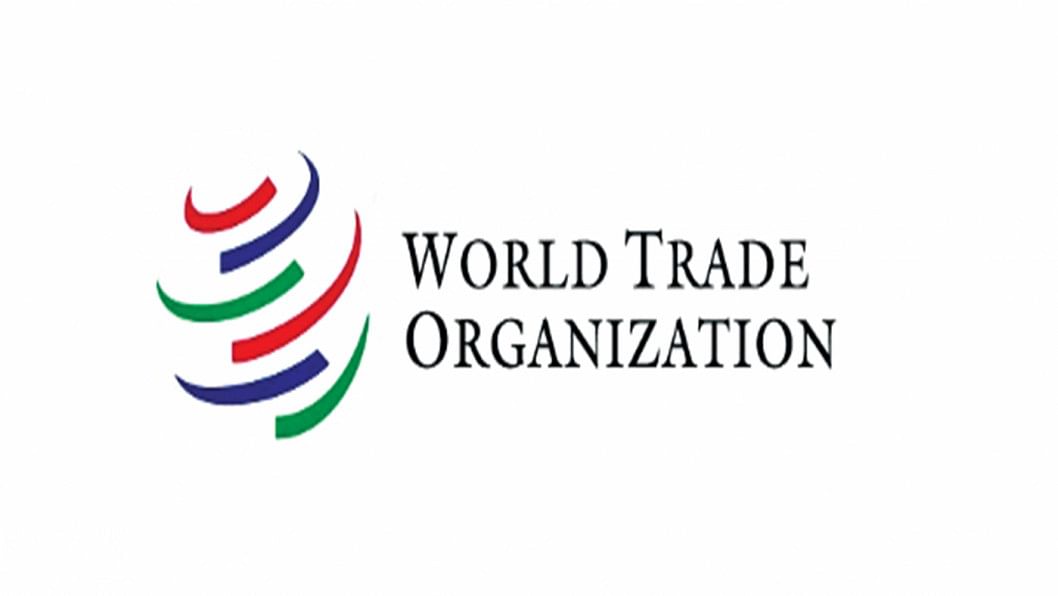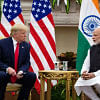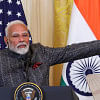Bangladesh’s exports to US may increase: WTO report

Some Least Developed Countries (LDCs), including Bangladesh, are likely to see their exports rise in the US, said a report by the World Trade Organization (WTO).
This is because their exports are highly dependent on products for which China currently has a large share in total US imports, such as clothing and textiles, as well as electronic equipment, it said in its April issue of Global Trade Outlook and Statistics released early this week.
The other LDCs are Cambodia and Lesotho.
Based on simulation, the WTO said these LDCs can benefit from shifting demand towards their products. However, because of the adverse impact of trade policy uncertainty vis-à-vis the United States, the simulations still project a small reduction in the real Gross Domestic Product of LDCs.
The Trump administration slapped tariffs on goods of dozens of countries entering into its markets.
Because of the move, products made in Bangladesh will face a fresh 37 percent tariff during entry to the US markets after the 90-day pause on new tariffs announced by Trump on countries except China.
The WTO said the outlook for global trade has deteriorated sharply due to a surge in tariffs and trade policy uncertainty.
Based on measures in place as of 14 April, including the suspension of "reciprocal tariffs" by the United States, the volume of world merchandise trade is expected to decline by 0.2 percent in 2025 before posting a modest recovery of 2.5 percent in 2026.
"The new estimate for 2025 is nearly three percentage points lower than it would have been without recent policy shifts, and marks a significant reversal from the start of the year, when WTO economists expected to see continued trade expansion supported by improving macroeconomic conditions."
It said risks to the forecast include the implementation of the currently suspended reciprocal tariffs by the United States, as well as a broader spillover of trade policy uncertainty beyond US-linked trade relationships.
If enacted, reciprocal tariffs would reduce world merchandise trade growth by an additional 0.6 percentage points, posing particular risks for Least Developed Countries (LDCs), while a spreading of uncertainty related to trade policy would shave off a further 0.8 percentage points.
Taken together, the reciprocal tariffs and spreading trade policy uncertainty would lead to a 1.5 percent decline in world merchandise trade volume in 2025.
It said US imports from China are expected to fall sharply in sectors such as textiles, apparel and electrical equipment, creating new export opportunities for other suppliers able to fill the gap.
"This could open the door for some Least Developed Countries (LDCs) to increase their exports to the US market."

 For all latest news, follow The Daily Star's Google News channel.
For all latest news, follow The Daily Star's Google News channel. 








Comments